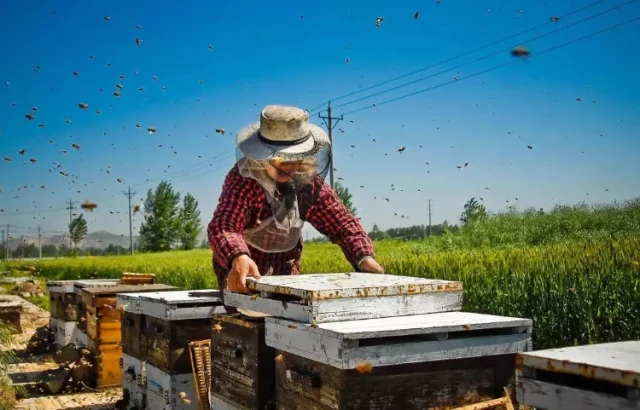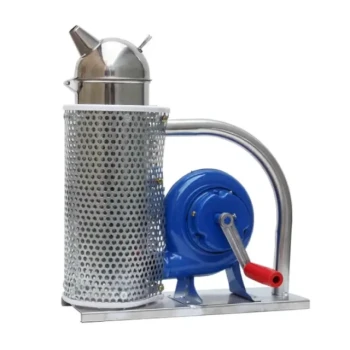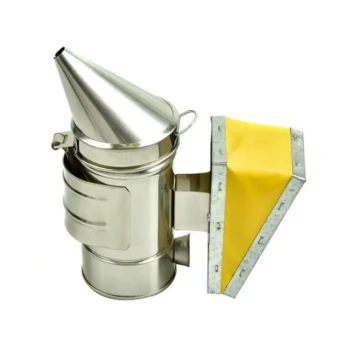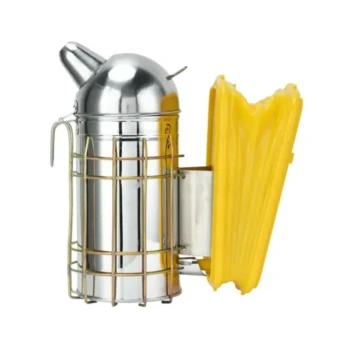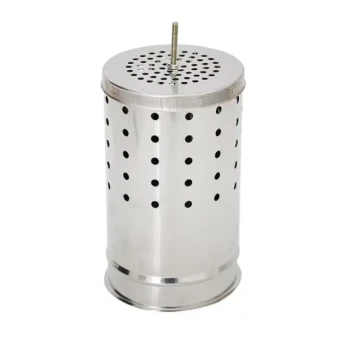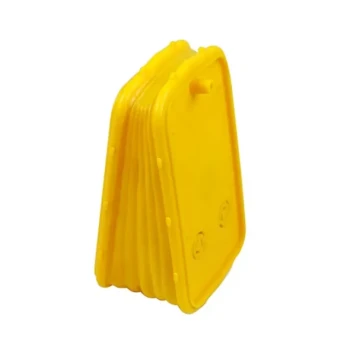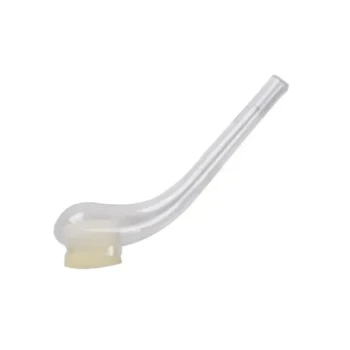A well-maintained bee smoker is essential for smooth hive inspections and colony management. Creosote buildup, improper cleaning, and storage mistakes can compromise smoke quality, bee behavior, and equipment longevity. This guide provides actionable steps to keep your smoker efficient, safe, and durable.
Maintaining Your Bee Smoker
Why Creosote Buildup Threatens Your Hive Inspections
Creosote—a sticky, tar-like residue from incomplete combustion—accumulates inside smokers and directly impacts bee behavior during inspections. Research shows smoke masks alarm pheromones, preventing defensive responses, while triggering a feeding instinct that calms bees. However, creosote-laden smoke:
- Alters smoke composition, making it harsher and potentially agitating colonies.
- Clogs airflow, reducing smoke output and requiring more bellows pumps, which disturbs bees.
- Shortens smoker lifespan by corroding metal parts and attracting moisture.
Pro Tip: Inspect your smoker after every 3–5 uses for dark, gummy deposits near the nozzle or fuel chamber.
Signs Your Smoker Needs Immediate Cleaning
- Difficulty puffing smoke despite adequate fuel
- Bitter, acrid smoke odor (instead of the usual woody aroma)
- Visible black residue on the interior walls or bellows valve
Step-by-Step Deep Cleaning Process
Safe Tools and Eco-Friendly Solutions
Avoid harsh chemicals that leave toxic residues. Instead, use:
- Baking soda paste (for mild creosote)
- White vinegar soak (for moderate buildup)
- Stiff-bristle brush (brass or nylon to prevent metal scratches)
Removing Stubborn Creosote Without Damaging the Smoker
- Disassemble the smoker, separating the lid, chamber, and bellows.
- Soak parts in vinegar for 1–2 hours to loosen deposits.
- Scrub gently with baking soda paste, focusing on the nozzle and fuel grate.
- Rinse thoroughly and air-dry to prevent rust.
Safety Note: Always wear gloves and work in a ventilated area—vinegar fumes can irritate.
Preventive Maintenance and Pro Tips
Storage Practices to Minimize Residue Accumulation
- Empty fuel ash after each use to prevent moisture absorption.
- Store upside-down with the lid off to allow airflow and deter mold.
- Line the base with untreated wood chips to absorb residual moisture.
Common Mistakes That Accelerate Wear and Tear
- Overpacking fuel: Limits airflow, increasing creosote production.
- Using damp fuel: Creates uneven burns and excess smoke residue.
- Neglecting the bellows: Check for cracks and lubricate hinges annually with food-grade oil.
Upgrade Your Beekeeping Efficiency with HONESTBEE
Keep your apiary operations running smoothly with HONESTBEE’s durable, wholesale-focused beekeeping supplies. From high-capacity smokers to protective gear, our equipment helps commercial beekeepers and distributors maintain hive productivity safely.
Ready to optimize your toolkit? Explore HONESTBEE’s beekeeping solutions designed for professionals who demand reliability.
Visual Guide
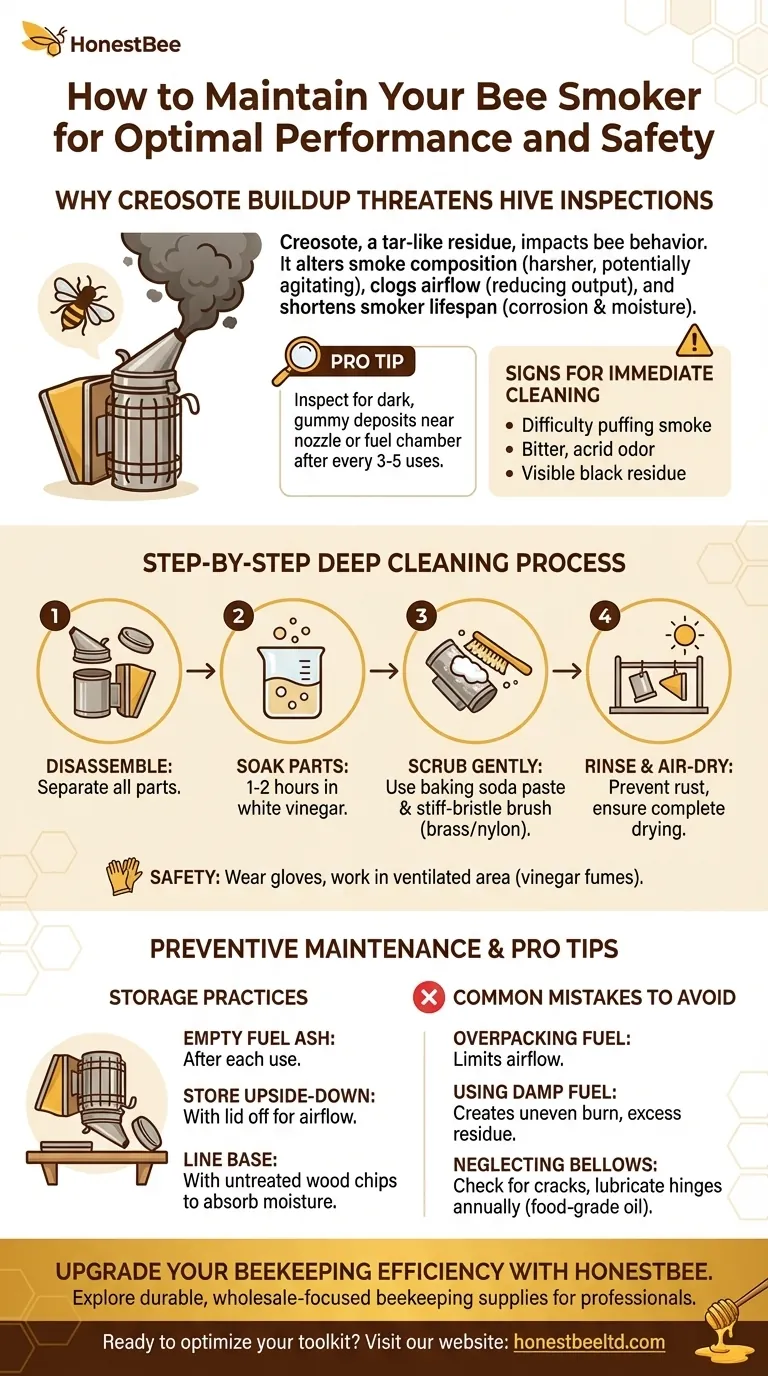
Related Products
- Premium Traditional Copper Bee Smoker with Bellows
- European Stainless Steel Bee Smoker for Honey Bee Hive
- Stainless Steel Honey Bee Smoker Hive and Honeycomb Smoker for Beekeeping
- Economy Galvanized Beekeeping Honey Bee Smoker for Wholesale
- Electric Bee Smoker European Style Bee Hive Smoker for Beekeeping
Related Articles
- How to Use Smoke for Hive Management: Science-Backed Techniques for Beekeepers
- How to Optimize Your Bee Smoker for Safer, More Efficient Beekeeping
- How to Use a Bee Smoker Effectively: Protecting Colonies and Beekeepers
- Mastering the Use of Beekeeping Smokers
- How to Master Your Beekeeping Smoker: Safe Operation & Optimal Fuel Choices
